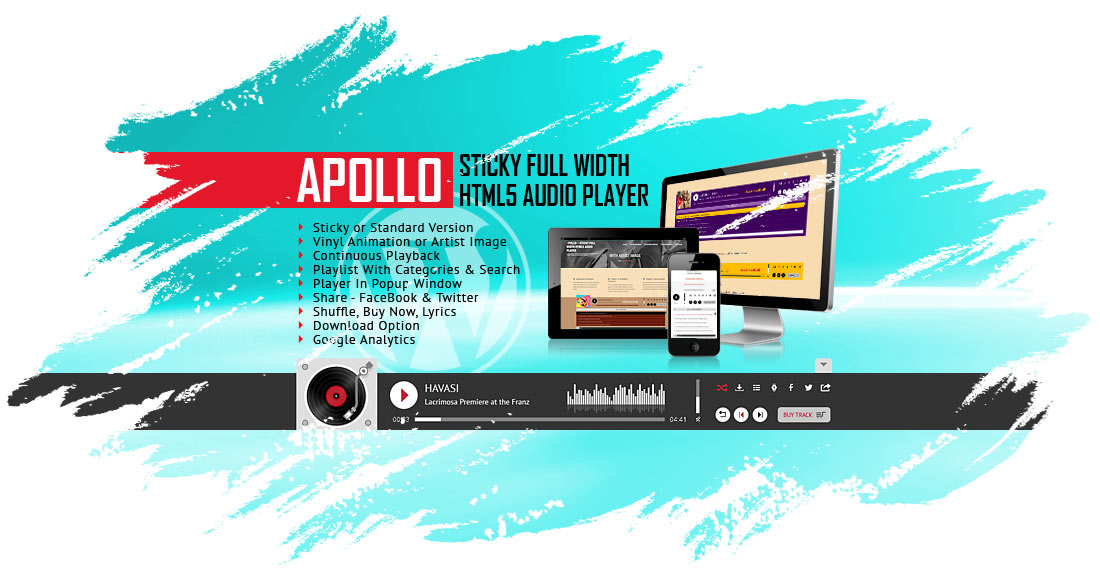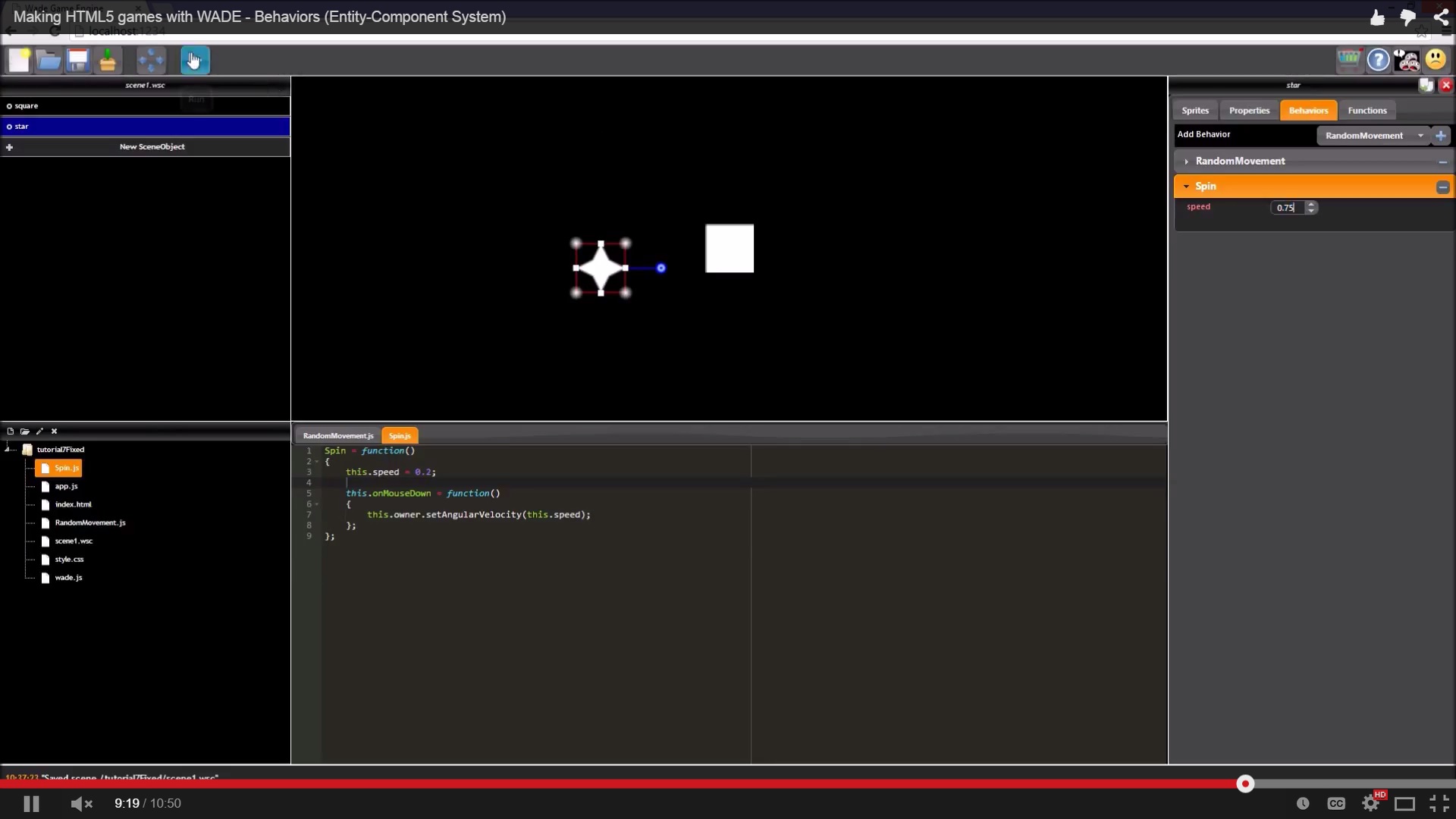

The bar height is being dynamically set to the ith bit of information in the aggregate frequency data array. Let's start by seeing how sounds are created.įunction createSound ( flower ) Nonetheless, it can be done, and I'd like to argue that it's pretty cool considering no packages or frameworks are needed.įor context, all the sounds were associated with a specific flower object in my program, in case you're curious about the floral theme of some of the variable names. Once multiple audio sources or, generally, larger-sized files are added, it's a pretty hefty load for something client-side. NOTE // I don't doubt that this isn't the most efficient way to implement a visualizer in the browser.

I'll focus on that implementation since it's the one I worked with to implement taking in multiple sources. For that, I referenced this step-by-step guide. After getting that up and running, I decided to rewrite the shape of the visualization to wrap around a circle. To get a handle on how audio contexts work in JS with the Web Audio API, I referenced this CodePen to make a simple, single-source horizontal visualizer. I'll take you step-by-step through my solution to that problem.įirst, I'll link you to the primary sources I used for the visualizer itself. Additionally, the inputs needed to dynamic - users had the ability to add and remove sounds at will, and the visualizer needed to reflect that in real-time.
HTML5 AUDIO VISUALIZER TUTORIAL HOW TO
There is a multitude of guides on how to write one - even for Vanilla JS - but I failed to find one that detailed taking in multiple sound inputs, which was a necessary feature of my project (a layer-able sound-scape mixer). Window.webkitRequestAnimationFrame(frameLooper) įbc_array = new Uint8Array(equencyBinCount) Īnalyser.getByteFrequencyData(fbc_array) Ĭtx.clearRect(0, 0, canvas.width, canvas.height) // Clear the canvasĬtx.For one of my recent projects, I decided to delve into the world of data visualization by making an audio visualizer. Looping at the default frame rate that the browser provides(approx. frameLooper() animates any style of graphics you wish to the audio frequency

Source = context.createMediaElementSource(audio) Re-route audio playback into the processing graph of the AudioContext Window.addEventListener("load", initMp3Player, false) ĭocument.getElementById('audio_box').appendChild(audio) Ĭontext = new webkitAudioContext() // AudioContext object instanceĪnalyser = context.createAnalyser() // AnalyserNode methodĬanvas = document.getElementById('analyser_render') Initialize the MP3 player after the page loads all of its HTML into the window Var canvas, ctx, source, context, analyser, fbc_array, bars, bar_x, bar_width, bar_height

Establish all variables that your Analyser will use Create a new instance of an audio object and adjust some of its properties Thanks in advance for any help or advice!ĭiv#mp3_player I'm also doing this on my local XAMPP server. Can anyone help me figure this issue out and give me some pointers on a concept like this so can learn from it?
HTML5 AUDIO VISUALIZER TUTORIAL CODE
I'd also like to add that when I take away the "webkit" part of the code located on lines 22 and 35 (for chrome browser), the song no longer works. I can get the song to play but not the bars to show or animate. What I'm basically trying to accomplish is for now, to play one song (.and later a playlist with categories to select the genre of playlist) from a song file with bars moving with the bpm (beats per minute) of the song, underneath the audio player. I tried to follow a youtube video on a tutorial for an audio visualizer ( ), however the support for issues that I'm having aren't very helpful.


 0 kommentar(er)
0 kommentar(er)
